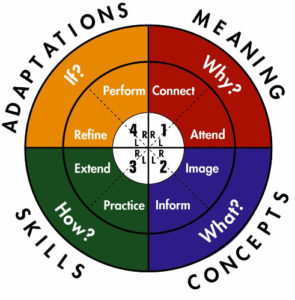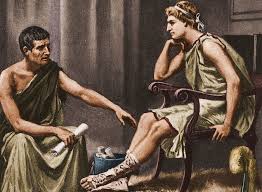Identifying and dealing effectively with logical fallacies is only one part of informal logic. Informal logic is the kind we use during everyday discussions and information-gathering. The other part of this discipline is truth-knowing.
Knowing the truth has become a huge issue in today’s climate of ubiquitous social media on which everyone’s opinion gets airtime, seemingly unlimited media outlets for information dissemination, and the overwhelming role that technology plays in all of it. So, let’s spend a short, video-less episode pointing ourselves in the right direction.
One of my favorite posters on Quora is Peter Kruger, an attorney in Wisconsin, who is a seeming polymath with some experience in astrophysics, woodworking, welding, and teaching English. His posts are always well-crafted and informative, so I wasn’t surprised when I came across a fantastic – if not also rather lengthy – delve into truth-finding by Mr. Kruger. The post functions as a sort of primer on vetting sources and is absolutely the best writing on the subject I have seen lately. He does use some profanity and his politics have a decidedly moderate-liberal slant, but read around all that, if you want, and you will have learned a great deal about identifying credible information sources.
The essence of his post is this list of questions you should consider about any information source:
- Do I want to believe the source? Do I have a confirmation bias?
- Is it a primary, secondary, or tertiary source? Or a combination? Why does it matter?
- What actual, verified FACTS (not opinions) does it contain?
- What inferences can reasonably be drawn from the facts, and do you have all of the facts to draw accurate inferences?
- What is the authorial bias? (Kruger’s treatment of this subject is outstanding!)
- What degree of institutional integrity does this source have?
Just listing these questions does not do his work justice, so I have reproduced his post here on this blog, verbatim. I hope he does not mind. I don’t think he will, since the whole thing is out there on Quora, anyway. If I get any kind of cease-and-desist request, I will immediately comply. So you’d better go read it now, if you are so inclined.
A great exercise Mr. Kruger included in his post is this terrific infographic / cartoon strip from The Oatmeal.com. It is WELL worth your ten or fifteen minutes to watch it. No kidding. Viewing this graphic will be the best time you spend in the understanding of finding the truth.
Again, a quick reminder that this whole blog is designed to help you assimilate knowledge and skills that you can subsequently impart to the kids in your life. So, the overarching question is, “Can you imagine ways in which the information in this episode can be translated and transferred to said young ones?” Maybe this is a great topic for comments on this episode or a discussion on the forum…




